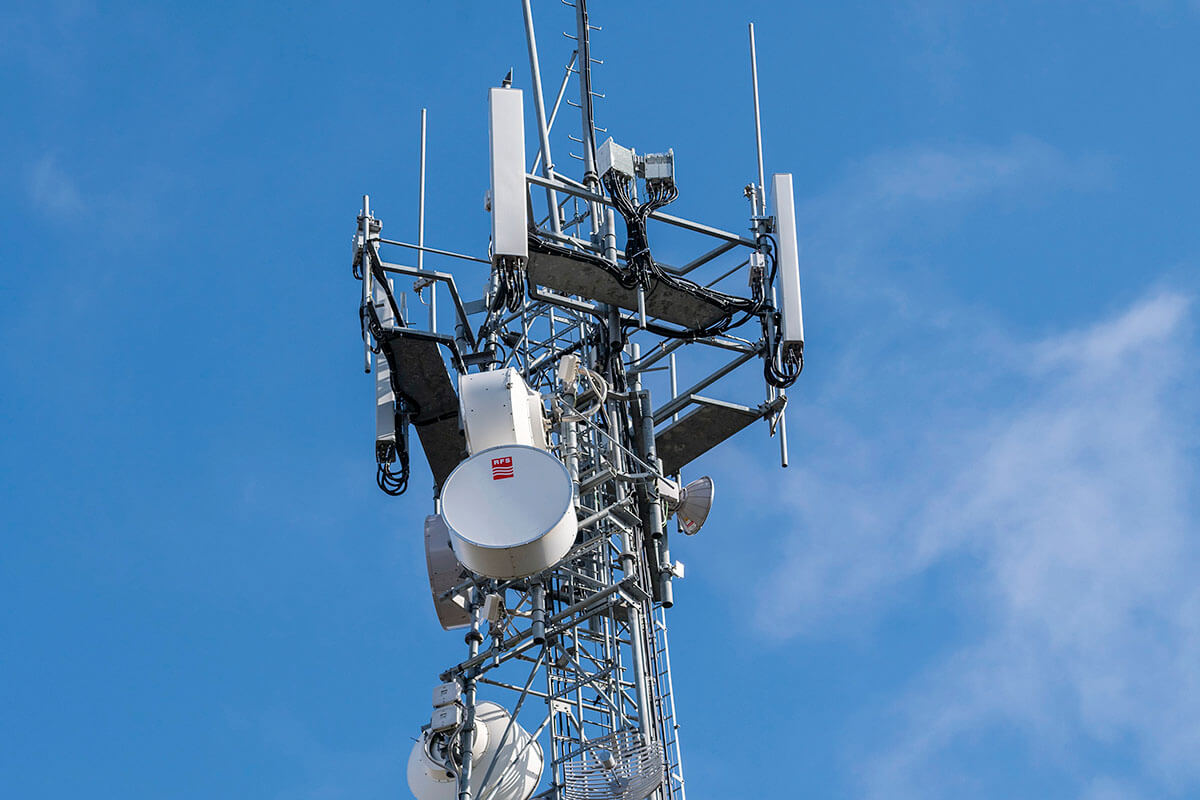The repair or rebuilding of infrastructure damaged or destroyed by a natural disaster is permitted:
- with development consent
- without development consent, or
- as an exempt or complying development under the State Environmental Planning Policy (Transport and Infrastructure) 2021 (also known as the Transport and Infrastructure SEPP).
The Transport and Infrastructure SEPP plays a key role in delivering the NSW Government’s infrastructure works.
It helps private infrastructure providers, local councils and communities by simplifying the process for building infrastructure such as hospitals, roads, railways and emergency services, and for delivery of water and electricity services.
For a full list of what the SEPP covers, please refer to State Environmental Planning Policy (Infrastructure) 2007.
For more information email [email protected]
